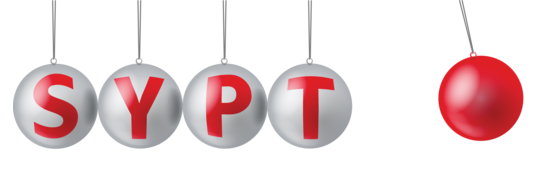Are you preparing for the tournament or thinking about participating but still have some questions about how the torunament works or what you will need to do during those Physics Fights? Some commonly asked questions and their answers can be found here. If you can't find the answer you were looking for, feel free to contact us.
About SYPT:
How do I register?
Before the SYPT:
- The registration is only definite once confirmed by us. Although we try to send out the confirmations as soon as possible, it may take a few weeks after the registration deadline until you hear from us.
- If we receive many registrations for the tournament and/or the Physics Week, we may not be able to accept everyone.
- Restrictions to the problems permitted at the Physics Week may apply. Visit the dedicated section for more information.
- Each team must solve three different problems.
- We will combine the individual registrations to form new teams. We try our best to put students from the same region together so that they can prepare together.
- Registering a team with more or less than three students is invalid and will be considered as individual registrations.
At the SYPT:
An important aspect of the presentation is to convince the other teams and the jury that you did your own experimental work. It is allowed to bring along devices you have been using for your investigation, but it is also perfectly fine to just show videos/photographs instead. A good solution should also show a good understanding of the relevant theory. If possible, at least one relevant parameter should be investigated quantitatively and compared to the theoretical prediction.
- summary of the presentation and critical feedback (strengths and weaknesses)
- discussion between Opponent and Reporter
- summary of discussion
In the second phase the Opponent leads a discussion with the reporter on shown solution. In a good discussion, both Opponent and Reporter participate equally and articulate their opinion frequently. Furthermore, the Opponent ideally manages to help the Reporter further develop the solution but still focuses on the parts that were presented.
You can find out about the problem you will have to oppose once the Fight Plan is published (two weeks prior to the tournament). It is advisable to prepare for your opposition by reading some literature and thinking about possible discussion points.


